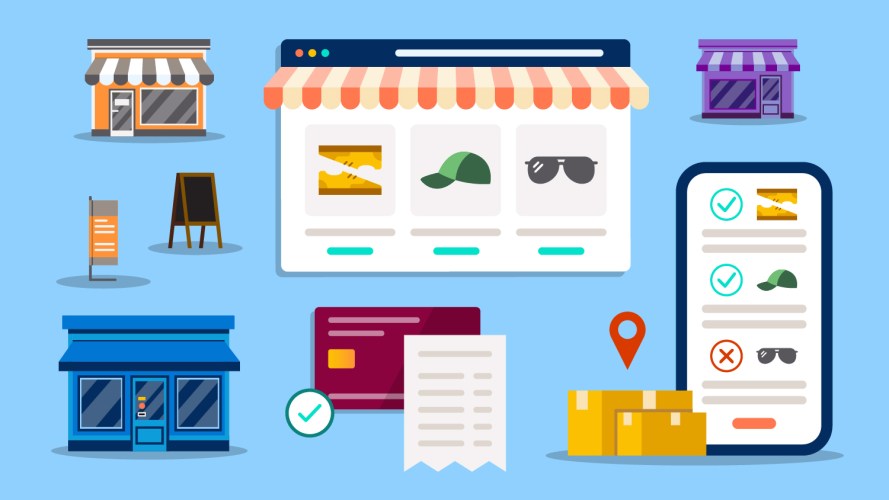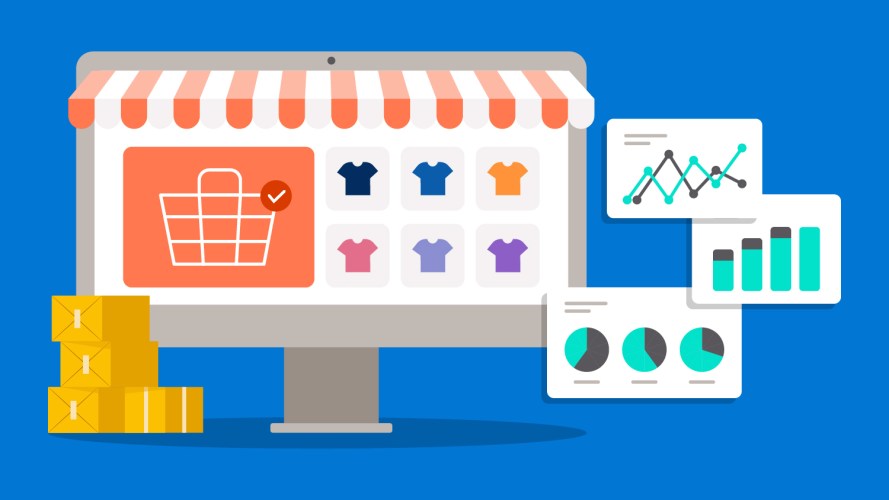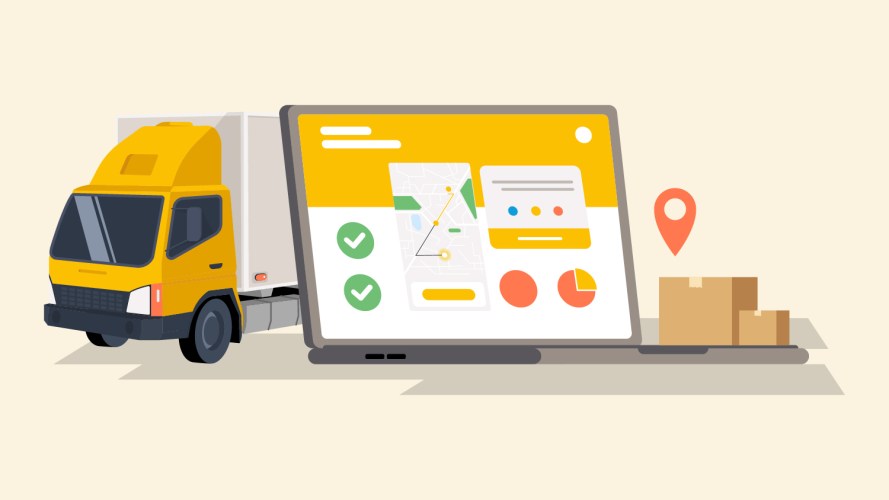The Holidays Will Be Different This Year — Here’s How To Measure Your Ecommerce Success



Here are some tips to accurately determine how well your holiday retail efforts truly perform.

Holly Dresden
The record-breaking sales growth retailers saw over the last two years may be coming to an end. Online sales are falling for the first time. Consumer prices are skyrocketing. A recession may be on the horizon. What will ecommerce success look like this year, and how can retailers measure it?
Fortunately, there’s good news. Retailers can still come out on top if they prepare with the right ecommerce strategies. This year, brands that thrive during the holidays will be the ones that set the right goals and monitor their progress — as soon as possible.
Here’s how you can set your course for ecommerce success in 2022.
Get the new holiday planning guide
Find out what the future holds for retailers during the 2022 holiday shopping season.



Attach goals and metrics to contingency plans
Using year-over-year growth and revenue targets might not be the best barometer of holiday ecommerce success for 2022. Looking back at these numbers will be part of the process, but keep in mind that they may not be the determining factor in measuring success as in years past. Measuring ecommerce success is not just about looking back — it’s also about planning ahead and planning for the unknown. Enter: the contingency plan.
When you created your goals, did you factor in pressure on the global supply chain and its ripple effects on shipping times, logistics, and price hikes? Contingency planning doesn’t just help in the preparation phase of holiday campaigns. Each plan should have clear goals and metrics for success — even in light of the circumstances.
This year, inventory and shipping contingency plans will become critical. Ask your suppliers, manufacturers, and logistics companies about any (foreseeable) new challenges and create plans to fill in any gaps. Can you offer discounts or other incentives for customers willing to select no-rush delivery? This may help you manage costs and demand. You can also consider measuring how well and fast your teams are able to pivot.
The dynamic duo of holiday ecommerce success: traffic and conversion
No matter what happens this season, two top key performance indicators (KPIs) are likely to rule your post-holiday measurements: traffic and conversion. However, commerce professionals know that for every KPI, there are hundreds of levers happening behind the scenes to drive ecommerce success.
Here are some things to keep in mind when measuring traffic and conversion:
View traffic from every angle
When you measure traffic, begin with a holistic view of your overall ecommerce success strategy to determine whether you have the right cadence of messages and promotions, launches, and email campaigns. Keep this in mind when you view website visits (both total and unique) and traffic from social, affiliate channels and other sources, like email campaigns.
As you look at traffic numbers, take a look at the source of that traffic. Pay attention to whether it’s organic, direct, paid, or from a specific campaign. In addition, since email campaigns are the holy grail of holiday website traffic, their performance should be measured early and often. If you aren’t on track to meet traffic targets, consider using back-pocket promos (read: deeper discounts). One study found that 64% of consumers are more likely to open emails from brands during the holidays, with the majority (84%) indicating their preference towards discount-related content.
Prevent website downtime and prepare for peak traffic
Discover how to confidently handle any event or sudden surge in website demand.



Conversion is multi-faceted — consider every factor
It’s critical to get all of your operational ducks in a row before the holiday season so your digital storefront is ready for the big push. Effective website design, user experience, and streamlined checkout flows are all critical to drive holiday ecommerce success. According to marketing expert Neil Patel, the average order value grows by 30% during the holiday season, and conversion rates go up 60%.
With that in mind, here are a few things to consider when it comes optimizing conversion during peak season:
- Are there friction points in your checkout flow? Analytics can reveal where you may be losing shoppers — consider simplifying forms and order fields, offering guest checkout, and adding payment options.
- Can you optimize product presentation and recommendations to increase order size? Make sure items are saved in customers’ carts when they leave your site. Many shoppers use the cart to save items for later, so this is an easy way to improve site experience.
- Are you creating a sense of urgency with your messaging? Consider adding popularity badges (“4 other shoppers are looking at this item”), communicating inventory levels (“only 3 left!”), and implementing threshold messages (“spend only $5 more to get free shipping!”) to boost conversion rates.
To truly maximize the effectiveness of these areas and get them holiday-ready, use tools that enable conversion rate optimization testing such as A/B testing, heat mapping, click tracking, and visitor recording.
Develop retention strategies for post-holiday success
All those visitors who abandoned their carts during the holidays? Retargeting and retaining them after peak season is key to future success. Every abandoned cart is an opportunity — especially when you consider that the average conversion rate for cart abandonment emails last year was 18.64%. Without creating a strategy for this valuable segment of your visitors, you’re missing out on a huge piece of the post-holiday pie.
The end of peak shopping season is also the best time to check in with new customers. Open a customer feedback loop to improve satisfaction and turn shoppers into superfans of your brand. Today, 73% of customers expect companies to understand their unique needs and expectations. Collecting and acting on real customer feedback will make your shoppers feel heard — and listening goes a long way when it comes to ecommerce success.
What commerce trends will drive the 2022 holiday season?
Here’s what over 4,000 commerce leaders had to say.


























